| Chris Ryba-Tures |
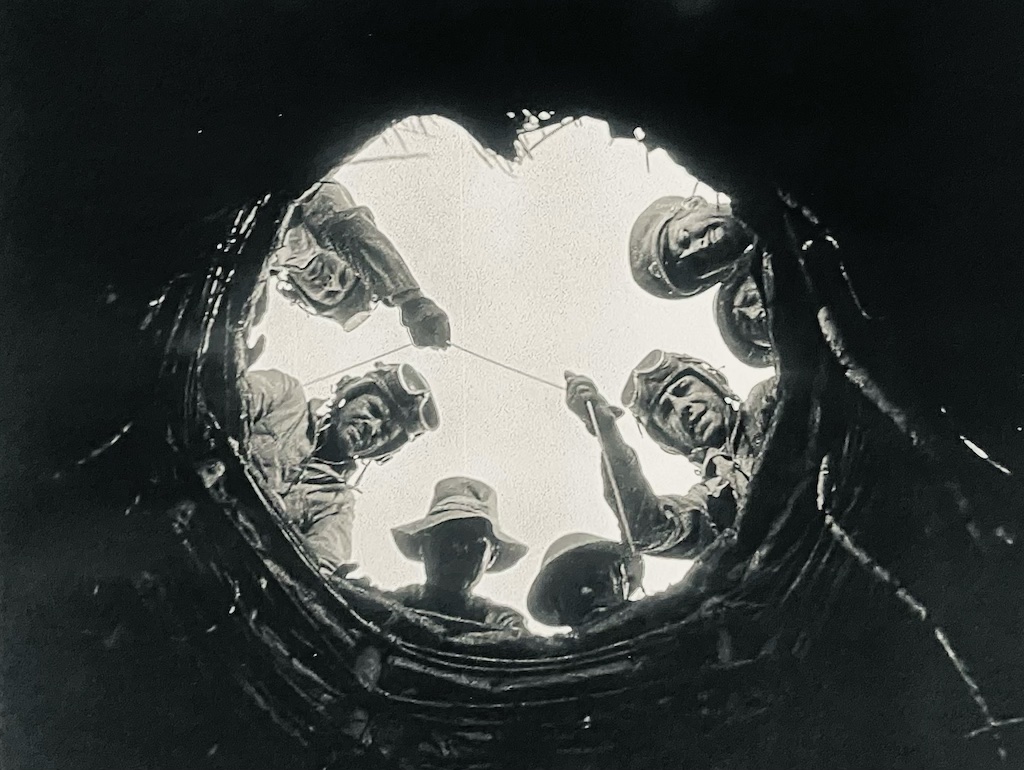
Sahara plays at the Trylon Cinema in gloriuos 35mm from Friday, June 7th through Sunday, June 9th. Visit trylon.org for tickets and more information.
There was a time, a baker’s dozen years back, when I couldn’t find a decent old-fashioned donut on this side of the river to save my life. It was the age of The Glazing—when a number of ambitious, inventive Twin Cities doughsmiths began exploring the possibilities of the form.
It was a wild time for the calorically inclined. There were donuts that defied junk food tradition with guilt-free ingredients like sweet potatoes, brewer’s yeast, and organic everything. There were constructions that challenged gravity with colorful, sugary adornments that made one wonder, “Could I feasibly eat a Mardi Gras float?” Fillings dolloped in such copious amounts they redlined the tensile strength of their pastry husks.
These kinds of donuts baffled me, then bested me. But I gave it the old college try. Back in my college days, the first Krispy Kreme rose out of the Twin Cities donut desert like an oasis in Maple Grove. With the drive-thru open 24/7, my friends and I regularly headed into the Western Dark after bar-close, piled atop one another in precarious geometries, with the most inebriated shoved in the trunk. We’d wait, and wait, inching forward one car length at a time. When our turn arrived, we devoured the bounty with primal ravenousness.
But times change, bodies change. The new breed of donut reminded me of that. After only being able to squelch through about a third of what looked like a glitter-blasted hockey puck, a tiny voice inside me (probably my metabolism) recommended this old file wave the white flag.
There were other options, of course, namely GSDs (Gas Station Donuts): mass-produced, a “touched by a stranger” taste to their sugary crusts, set out for days in sad little rows. Trash. Standing there under the flickering fluorescents after gassing up, I’d ask myself, “Am I this desperate?”
Sometimes I was. The artisanal and the trashy have their places. But I craved something in the space between. Something unadorned, something essential: a simple, old-fashioned donut. Something both timeless and immediate. It wasn’t an obsession, so much as weather-beaten desperation.
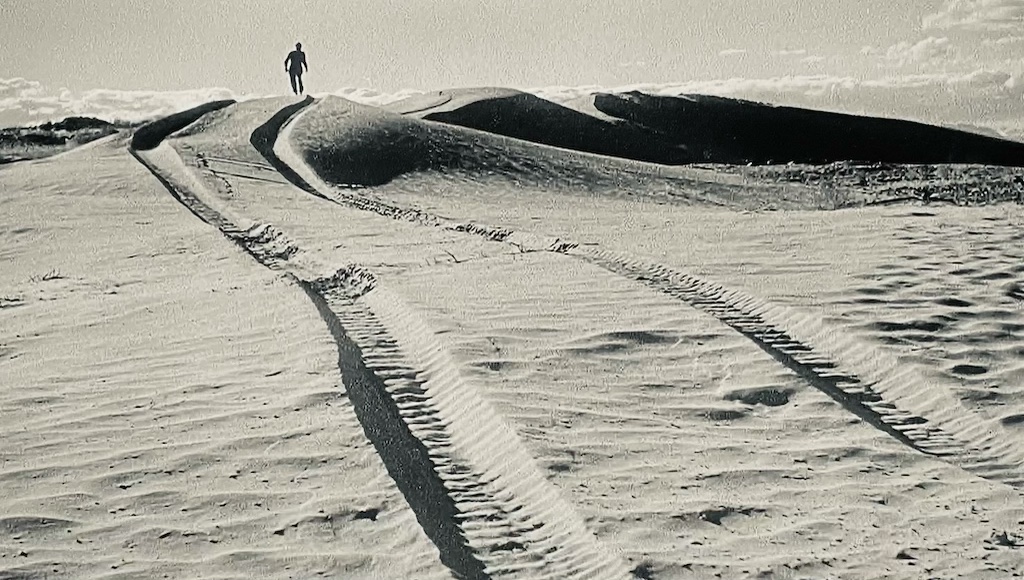
And that was what steered me into the parking lot of an unassuming little shitbox nestled between the auto shops, home supply stores, and fast food chicken joints of West Saint Paul. Granny Donuts. Don’t look for it, it didn’t survive the pandemic. Run by an ancient married couple for nearly 30 years, Xuan To and Que Banh had perfected the good old-fashioned donut. Really, all their donuts. Their case boasted all the classics, tasting exactly the way you hoped they would.
A visit to Granny Donuts was always an adventure. You had to negotiate the anything-goes traffic of Robert Street, where future War Boys trained for Fury Road. Survive that, and you might just survive an equally harrowing, intricately rule-governed act of commerce. Moving with a measured deliberateness that suggested he’s been up since 3 a.m. for longer than you’ve been alive, Xuan would greet you as a friend, with a few unspoken conditions: know exactly what you want, order clearly and promptly, accept additional donuts (which he would charge you for), pay with cash only, and never, EVER, order off-menu.1
Things could, and often did go wrong. There was always a chance you’d be leaving empty-handed and smarting from getting yelled at for being an idiot. I’ve seen it more than once—grown-ass adults madly waving their credit cards around or little kids melting down after being brusquely denied absurd things like cookies. Not everyone survived an outing to Granny Donuts.
But man, it was worth the peril. What a donut. A donut that doesn’t over- or under-deliver the goods. A donut not trying to be anything other than what it is. A donut that might not be high culinary art, but a donut that does donut better than all the rest. A treasure unearthed from a hostile land, enjoyed by those brave and tough enough to seek it.
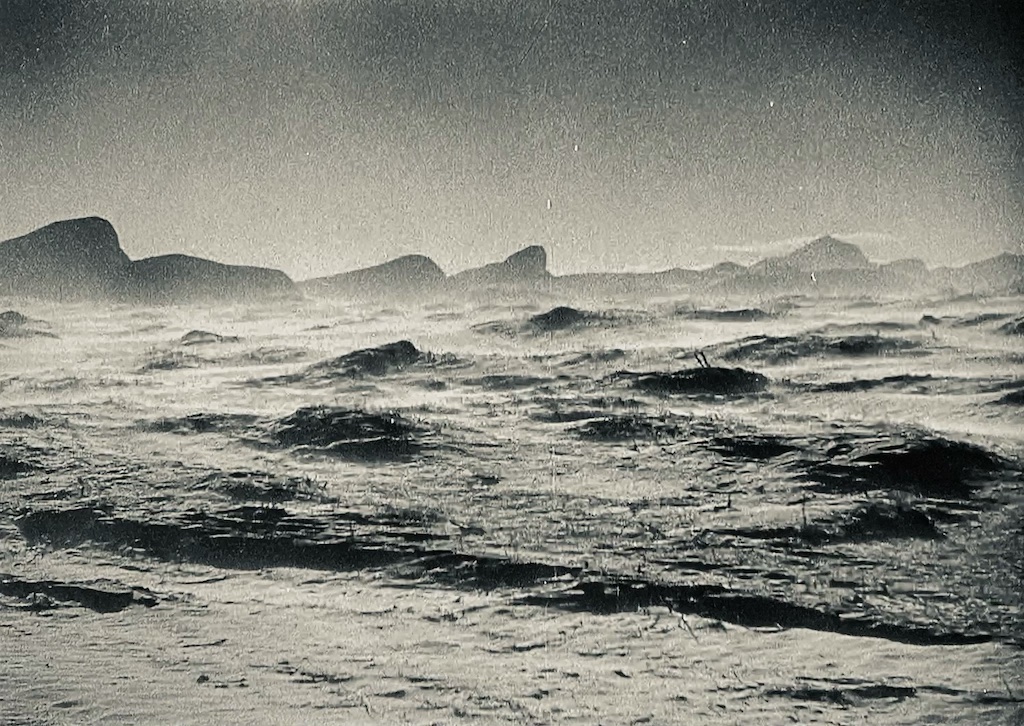
More than any other genre of film, I feel like adventure movies fall victim to the same extremes of the Glazing. While I don’t think my standards are unreasonable, my list of satisfying adventure movies is pretty short. When I go looking for movies that scratch the pitch-perfect Raiders of the Lost Ark itch, give me that Romancing the Stone swoon, wrap me up in the nostalgic fun of The Mummy (1999), or totally delight me like the Jumanji reboots, I find my stomach gurgling with that same old fashioned hunger for something that just hits the mark. But like a good old-fashioned donut, that mark is more easily identified by what it isn’t: overstuffed mega-experiences or cheap, assembly-line crapola.
I didn’t realize just how hungry I was for a good, old-fashioned adventure flick until I watched Sahara (1943). The poster made it out to be a standard-issue war movie, made and released while WWII still raged on. I braced for brow-beating American jingoism, melodramatic fallen soldier speeches, and exhausting exposition channeled through Humphrey Bogart’s post-Casablanca superstardom. Boy, was I wrong. Watching Sahara was just like coming home from a bracing trip down Robert Street and tucking into a half dozen Granny Donuts with a nice cup of joe.
Taking cues from real events, Philip MacDonald’s novel Patrol, and the 1937 Russian film The Thirteen, Sahara recounts a desperate retreat through the titular desert via tank, Lulubelle (the only “female” presence in the film), by a patchwork crew of desperate American, British, and Sudanese soldiers, POWs in tow. But the gun battles typical of twentieth-century war movies, of which there is a satisfying handful, are overwhelmed by the battle for survival in a hostile environment that transcends political agenda, national ideology, or moral righteousness. While the Nazis are the no-brainer bad guys here, the desert, with its bleached sands spreading like an endless frozen sea, is the true enemy. Its extremity, its vastness, its indomitability are what grounds Sahara squarely in Adventure territory. Across scorching days and pitiless nights, the sand shifts under treads, blinds to darkness, dries wells, jams gears, and buries anything that stays put for too long. And into it the crew of the Lulubelle, draped over their tank like survivors of a shipwreck, plunge Southward, desperately seeking the most elusive treasure in the desert—water.
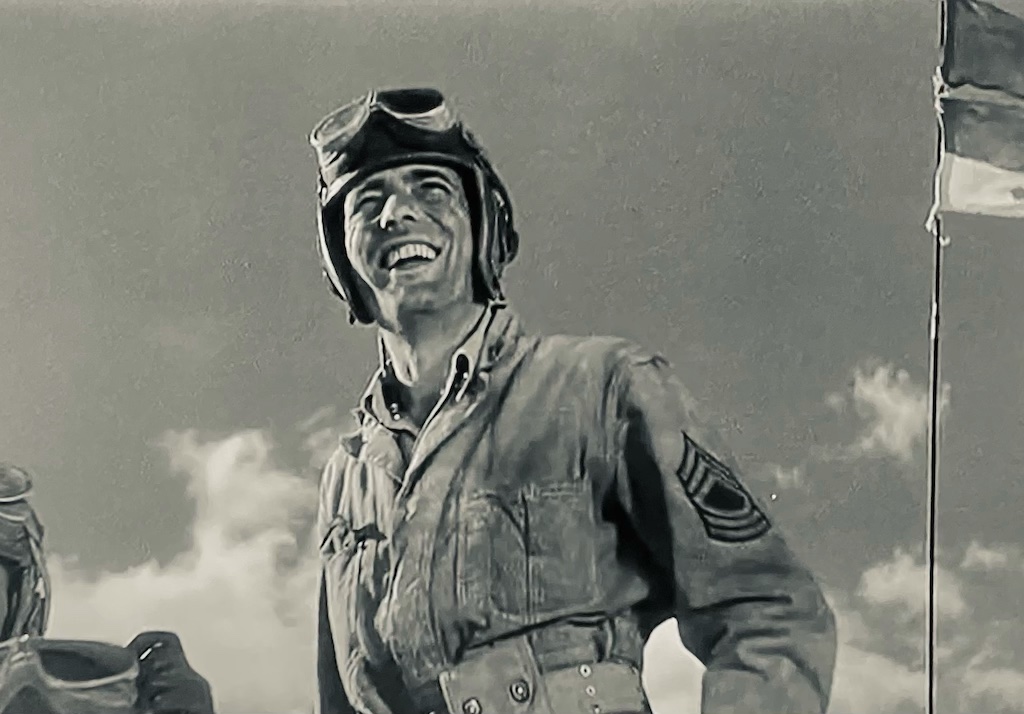
The situation would be nerve-shredding if it wasn’t for the cool, decisive leadership of Master Sergeant Joe Gunn, a military man without a past, played by the physically diminutive Humphrey Bogart. And despite his small stature, he comes off as the biggest guy in the room; an anti-Patton whose gritty countenance is all silver-screen hero. Whether he’s shaming a captive Nazi like a child for not wanting to be frisked by a member of “an inferior race,” gunning down hordes of German soldiers as fast as they can summit dunes, or flashing a million-dollar smile after sweet talking his exhausted tank into going just a few more miles, Bogie is delivering tightly packed charisma that, no matter how dire the circumstance, makes us feel like we might just make it out alive. Even the uptight Brits can’t resist his survival logic, his steadfast morality, his no-nonsense charm, and, of course, his great big tank. And don’t you dare say anything bad about his tank. She’s a good tank.
And where would an adventuring hero be without sidekicks? Surrounding Gunn is a crew of average Joes about whom we’re given just enough information to sketch in their third dimensions. For the minor players, hometowns and nicknames, a picture of a girl back home (Cathy), and the habit of placing a small bet on an impossible situation, provide us just enough to see that each is alive and has something to live for. Others, like the Italian prisoner Giuseppe (J. Carrol Naish), the Sudanese Sgt. Major Tambul (Rex Ingram), and the aptly named Frenchie (Louis Mercier), are given more weight to balance out Gunn’s commanding presence.
While much of the moral complexity rests in Giuseppe being both soldier and victim of Mussolini’s Italy and the crew’s survival depends heavily on the soft-spoken guidance of Tambul, I found Frenchie’s contributions to be the most delicious. Ruggedly handsome with a sense of humor to match the environs, he is in turns a vaudevillian morale booster and a smoldering engine of vengeance. In one particularly captivating period of downtime, he entertains the crew with a story of his hometown, famous for a special cheese, pantomiming, much to the crew’s delight, with his knife and a sundry of delectable invisible foods the proper way to feast. The lightheartedness quickly gives way to the dark revelation of what landed him, and more broadly the whole crew, in this godforsaken place.
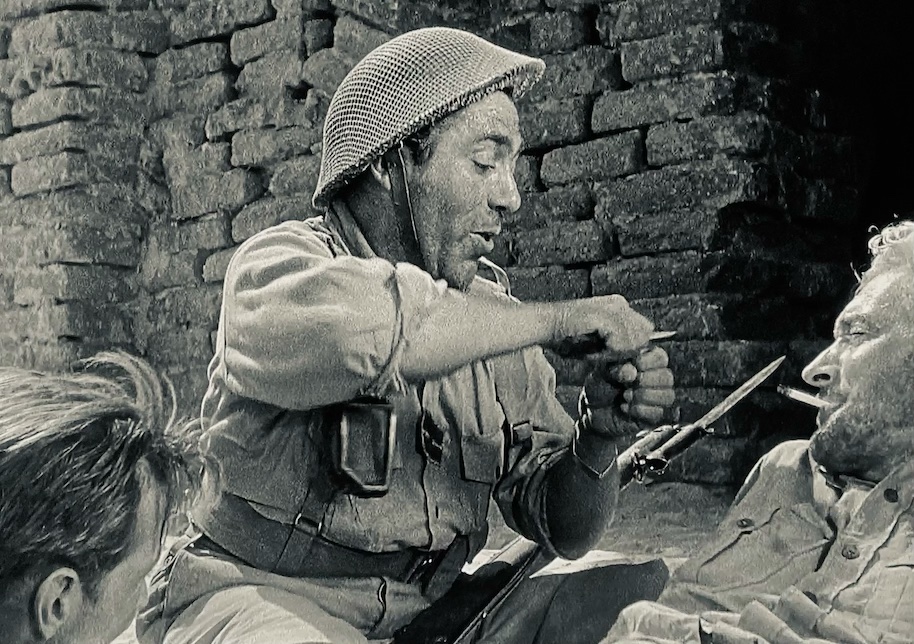
Working together they move from one bone-dry well to the next, as the desert devours their water, food, ammunition, gasoline, mechanical integrity, and personnel. For most of the second act, barring a pretty sweet land/air showdown, we too are so preoccupied with the search for water and respite that we forget that the Nazis are still in VERY hot pursuit. Consequently, the greatest moments here don’t come from gunfire or big speeches but from the discovery of dilapidated ruins—RUINS!—and a well that gives but a few precious drops of water at a time.
I’m reluctant to go further into what happens at the ruins and the thoroughly entertaining third act. So much of my joy in my first watch of Sahara came from the unexpected thrills, laughs, humanity, and, well, adventure. While I came into it loaded up with misguided expectations, the movie, like the desert, quickly taught me to drop them as readily as anything I didn’t need to survive. And I’m so glad I did.
I don’t know the precise recipe for a good old-fashioned adventure movie, just as I don’t know the precise recipe for a good old-fashioned donut, but I’ve seen (and eaten) enough to know what they are—and what they ain’t. They don’t ask too much or overwhelm you. They don’t leave you feeling wanting, either. They remind you of that essential thing you fell in love with in the first place, the thing for which there is a singular mood, and, most importantly, they let you spend a few minutes or hours delighting in all of it. And Sahara is a good one, well worth sinking your teeth into.
Footnotes
1 Observant readers, sitcom enthusiasts, and children of the 90s will notice similarities of a certain episode of Seinfeld. Xuan shared some characteristics, but was in no way as vitriolic as the Soup Nazi. To the curious, I recommend a quick perusal of the less-than-five-star Google Reviews of “Granny Donuts,” which, as of this writing, are still online. They don’t paint a complete picture, but they’ll provide some additional color to the adventure.
Edited by Olga Tchepikova-Treon

I really want a good donut now…
Don’t look to reviewers for advise on the best donuts. This information must be collected first-hand.
You don’t know what you are capable of until you are strung out, searching for water with enemies in hot pursuit. You just have to go there and find out.
(I know where there are good cake donuts, but its hard to find them as they never announce themselves. Look last the flashy. There they are…)